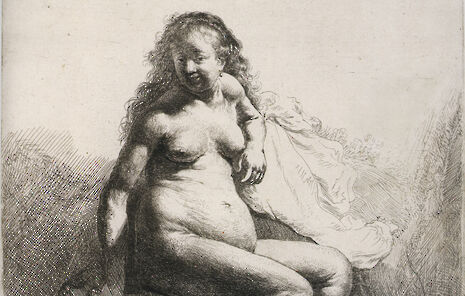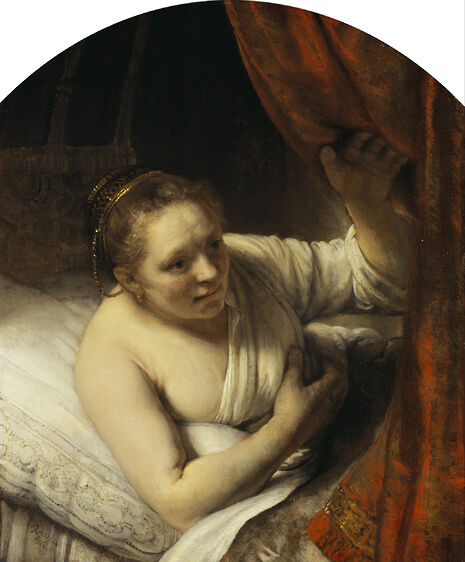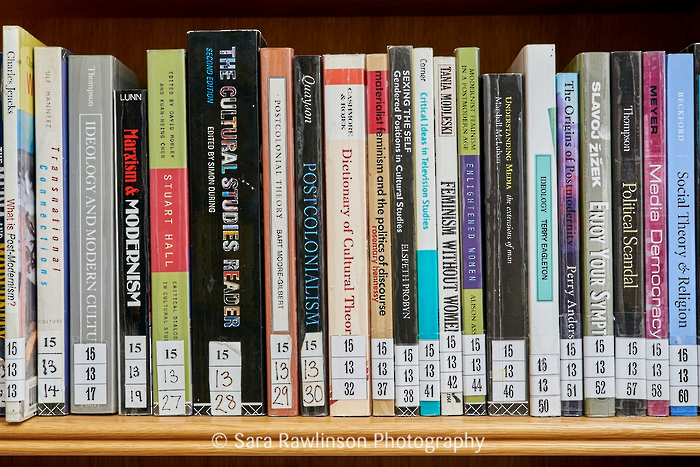Rembrandt’s Light overshadows Cambridge nudes
Harry Goodwin finds the Rembrandt exhibition at the Fitzwilliam Museum less illuminating than its Dulwich counterpart

As the 350th anniversary of Rembrandt’s death approaches its end, two exhibitions of the Old Master’s paintings and etchings make contrasting cases for his greatness. Rembrandt’s Light, at the Dulwich Picture Gallery, showcases Rembrandt’s peerless expression of internal emotion through external motion and contrasts, while the Fitzwilliam Museum’s Rembrandt and the Nude offers a narrower and blander appreciation of the artist as a radically naturalistic portraitist of the human body.
“As light transforms from a glint to a glow or a glimmer to a glint, it embodies the changeability of human passion”
The vast and contradictory array of emotions evoked by light is the common theme of the Rembrandt works shown at Dulwich. In The Supper at Emmaus, flashing light captures the suddenness and intensity of the disciples’ epiphany; in The Denial of St Peter glowing light literally comes between Peter and the accusing servant-girl, embodying the divine stain on his conscience. While the firelight in Philemon and Baucis renders the scene cosy, in Landscape with the Rest on the Flight into Egypt it conveys a visceral sense of loneliness and human smallness. As light transforms from a glint to a glow or a glimmer to a glint, it embodies the changeability of human passion: in Christ and St. Mary Magdalene at the Tomb, dawning sunlight encapsulates Mary’s leap from grief to joy upon her recognition of Christ’s resurrection.

Nowhere is Rembrandt’s harnessing of light more evident than in his portraits of human individuals. For an earlier generation of European painters – Titian, for instance – the pathos of the human body lay in the gulf between the idealised beauty of man and the desecrating pull of erotic instinct. For Rembrandt, coming of age against a continental backdrop of religious war and persecution, all ideals are illusions and serve only to rob actual human beings of their sensuousness and dignity. In Rembrandt’s portraits, darkness creates a surreal intimacy between subject and viewer, the human bond between the two frustrating all attempts at abstracting sentimentality.
If the most beautiful painting in the exhibition is Girl at a Window, which moves the viewer with its depiction of a little girl on the verge of adolescence, then the most stunning one is Self-Portrait in Flat Cap, where a bored and quizzical Rembrandt looks out at himself, encapsulating the futility of any and all notions of artistic genius.
“They are what they say on the tin, shorn of narrative detail or any biblical or mythological backstory”
The relative merit of the Fitzwilliam exhibition lies in its willingness to let the viewer think for themselves, in contrast to the over-zealous wall texts and kitschy cinematic lighting favoured at Dulwich. But in terms of content, it offers more of the same with less brilliance. Rembrandt was a great painter, but only a good draughtsman. The point of etchings like Naked Woman Seated on a Mound and Woman Sitting Half-Dressed Beside a Stove is that they are what they say on the tin, shorn of narrative detail or any biblical or mythological backstory, sexually subversive though they might have been for their time. This is all fair and well with regard to advancing a certain understanding of the human condition, but these works lack the mind-bending combination of illusionless realism and unmistakable personal style which provides the aesthetic fascination of Rembrandt’s paintings.
There’s not enough indescribable idiosyncratic Rembrandt-ness to hold the viewer’s gaze more than a few moments, and by the time we reach Adam and Eve, with its lamely predictable iconoclasm, we’re bored. Though the Fitz curators try their decent best at insisting that Rembrandt is celebrating natural female beauty, the most intriguing works here are the most derisively anti-artistic: The Baby Walker, with its implicit comparison between the artist’s toil and the infant’s sentimental make-believe; and The Artist Drawing from the Model, with its disturbing blurring of boundaries between artistic concentration and the male gaze. But these etchings only arrest us because we’ve seen what Rembrandt the painter can do when he commits himself to art. If you didn’t know he made them, you’d probably walk straight past. A fizzled firework to end a year commemorating a master of light.
 News / Eight Cambridge researchers awarded €17m in ERC research grants27 December 2025
News / Eight Cambridge researchers awarded €17m in ERC research grants27 December 2025 News / Downing investigates ‘mysterious’ underground burial vault 29 December 2025
News / Downing investigates ‘mysterious’ underground burial vault 29 December 2025 News / News in Brief: carols, card games, and canine calamities28 December 2025
News / News in Brief: carols, card games, and canine calamities28 December 2025 Sport / Hard work, heartbreak and hope: international gymnast Maddie Marshall’s journey 29 December 2025
Sport / Hard work, heartbreak and hope: international gymnast Maddie Marshall’s journey 29 December 2025 Interviews / Meet Juan Michel, Cambridge’s multilingual musician29 December 2025
Interviews / Meet Juan Michel, Cambridge’s multilingual musician29 December 2025







